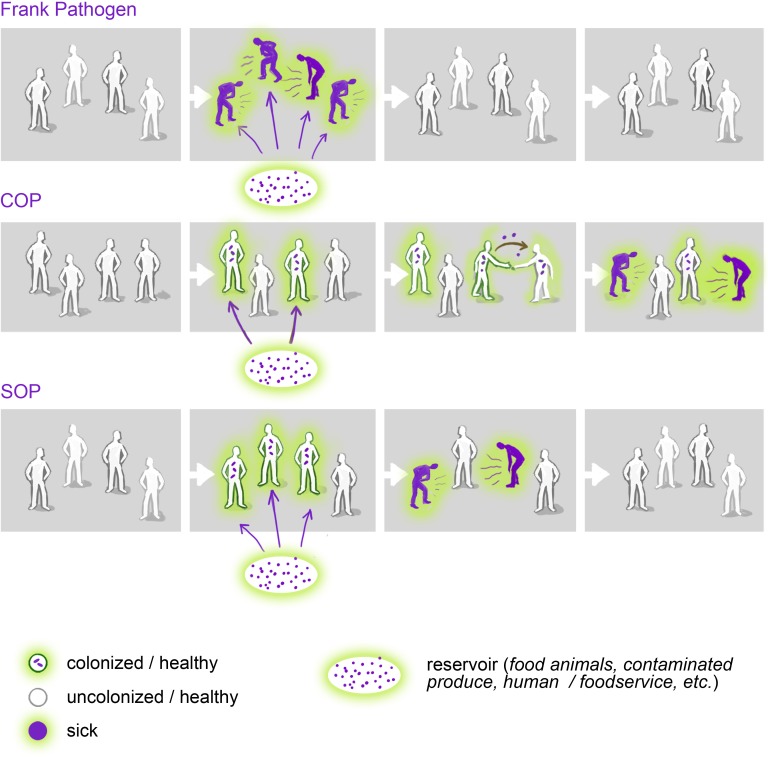Fig 1. Colonizing opportunistic pathogens (COPs) can persist asymptomatically and indefinitely within a host and may spread silently within the community.
These unique features of COPs result in epidemiological patterns distinct from those of frank pathogens and simple opportunistic pathogens (SOPs)—patterns that may have substantial public health consequences—such as the spread of antibiotic resistance. A deeper understanding of COP ecology is needed to reveal the reservoirs and transmission pathways of COPs and to design surveillance programs capable of detecting the otherwise invisible epidemics caused by COPs. (Illustration by Victor Leshyk.)

